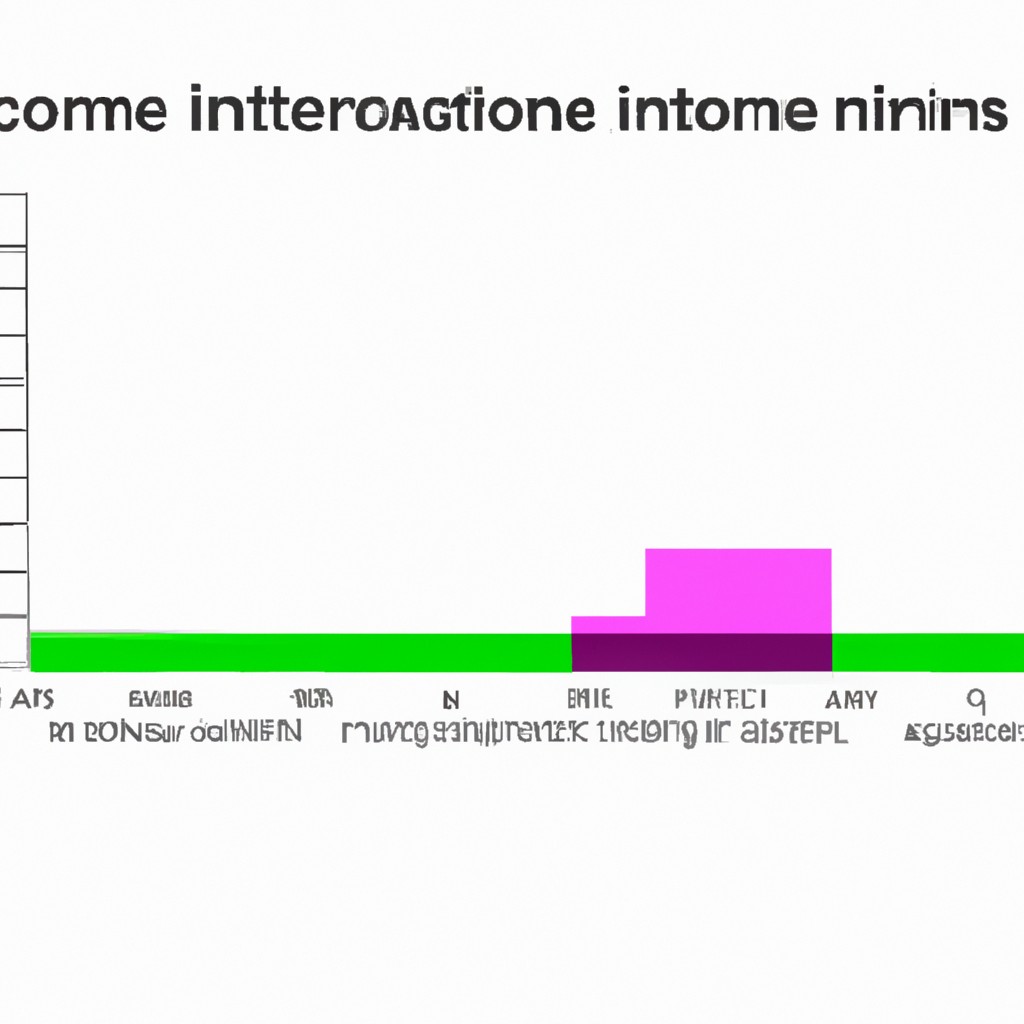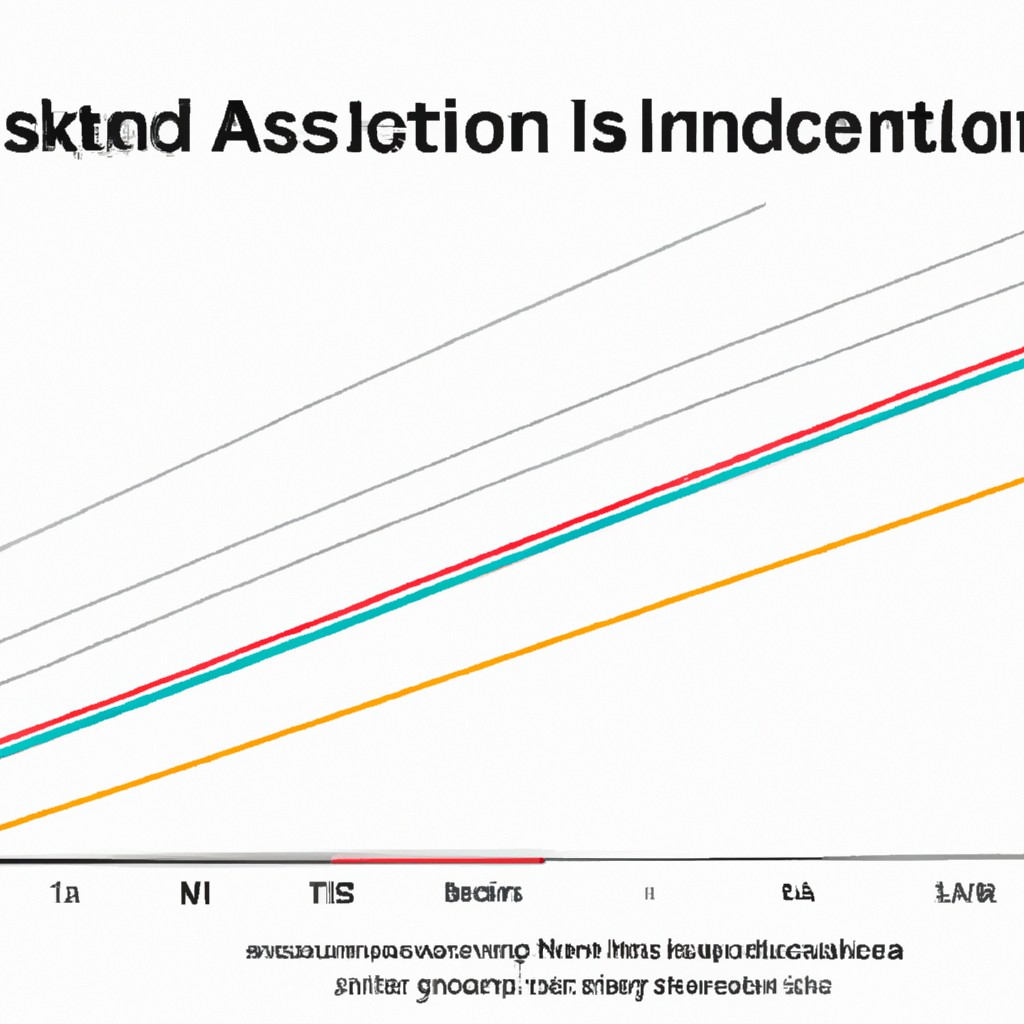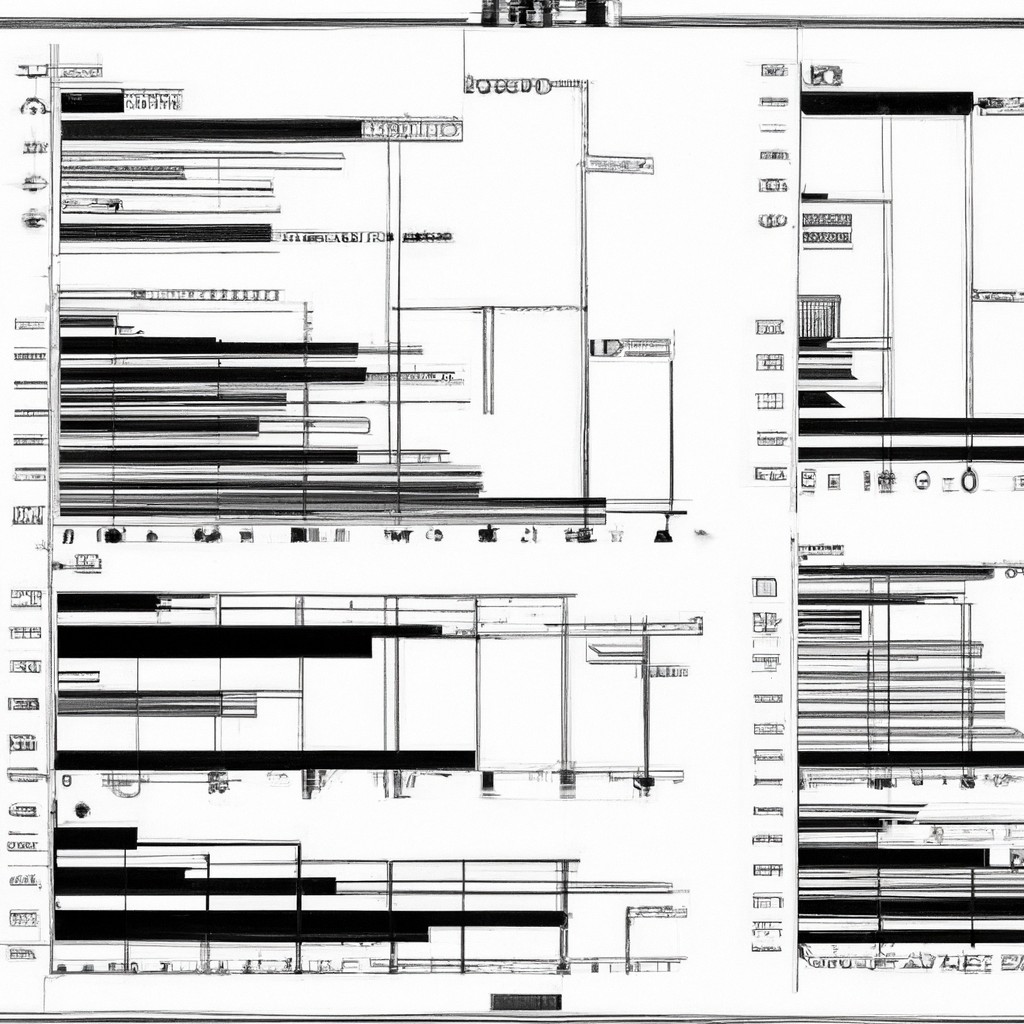Criticisms of Atkinson Index

The Atkinson Index has faced several criticisms from economists and policymakers. One major criticism is its sensitivity to extreme wealth inequality, as it gives disproportionate weight to the wealthiest individuals. This can result in a skewed measure of inequality, not accurately reflecting the economic well-being of the majority. Additionally, the index assumes diminishing marginal utility of income, which may not hold true in reality. Critics argue that individuals' preferences for income may differ significantly, making it difficult to generalize utility functions across the population. Moreover, the index fails to account for non-income dimensions of inequality such as education, healthcare, and social mobility, providing an incomplete picture of overall inequality. These criticisms highlight the limitations of solely relying on the Atkinson Index to assess societal inequality.
Read more
Calculation method of Atkinson Index

The Atkinson Index is a calculation method used to measure income inequality within a given population. It was developed by economist Anthony Atkinson in 1970 and is widely used as a way to understand the distribution of wealth. The formula for calculating the Atkinson Index involves taking the sum of the absolute differences between each individual's income and the average income, and then dividing that by the average income raised to the power of the Atkinson coefficient. The Atkinson coefficient determines the level of aversion to income inequality within the index, with a higher coefficient indicating a greater aversion. Overall, the Atkinson Index provides a valuable tool for analyzing and addressing income inequality in society.
Read more
Assumptions and requirements of the Atkinson index

The Atkinson index is a measure used to evaluate income inequality, making assumptions that individuals' utility depends solely on their income levels. It relies on three key requirements: welfare dominance, symmetry, and the Pigou-Dalton principle. Welfare dominance asserts that a redistribution policy is desirable if it increases the welfare of individuals with lower incomes. Symmetry means that the index treats income reductions and increases equally. Lastly, the Pigou-Dalton principle states that income transfers from richer to poorer individuals should decrease inequality. While the Atkinson index offers valuable insights into income inequality, it's important to acknowledge its assumptions and requirements to properly interpret and apply its results.
Read more
Applications of Atkinson Index

The Atkinson Index is a useful tool in measuring income inequality within a population. It calculates the extent to which a society's income distribution deviates from perfect equality. This index takes into account the relative income of the rich and poor, with higher values indicating greater inequality. Policymakers can use the Atkinson Index to assess the effectiveness of redistribution policies and make informed decisions. By analyzing this measure, they can identify areas of concern and develop strategies to address inequality and promote social justice. The Atkinson Index provides valuable insights into the distribution of income and helps policymakers create a fairer and more equitable society.
Read more
Alternative measures to complement the Atkinson index.

The Atkinson index is a commonly used measure to assess income inequality. However, it has limitations that can be addressed by considering alternative measures. One option is the Gini coefficient, which provides a broader perspective on income distribution. Another alternative is the Palma ratio, which focuses on the ratio of income shares between the top and bottom 40% of the population. Implementing these measures in conjunction with the Atkinson index can provide a more comprehensive understanding of income inequality. By examining multiple measures, policymakers and researchers can better identify and address disparities in income distribution, ultimately working towards a more equitable society.
Read more
Interpretation of Atkinson index

The Atkinson index measures income inequality by gauging the distribution of wealth in a society. It takes into account how much individuals' utility is affected by income disparities. A higher Atkinson index indicates higher inequality, as it suggests that a society's wealth is concentrated in the hands of a few. The index is named after economist Anthony Atkinson, who developed it in the 1970s. It is commonly used in economic research and policy analysis to understand the impact of income inequality on social welfare. By quantifying the level of inequality, policymakers can make more informed decisions to address societal disparities and promote a fairer distribution of wealth.
Read more
Formula for calculating Atkinson index

The Atkinson index is a measure of income inequality that takes into account the importance individuals place on relative deprivation. It is calculated by dividing the sum of the absolute values of the differences in income between each person and the average income by the average income. The formula can be expressed as follows: A = 1 - (1/L) * ∑(|y_i - y_bar|), where A is the Atkinson index, L is the measure of relative deprivation, y_i is the income of individual i, and y_bar is the average income. The Atkinson index ranges from 0 (perfect equality) to 1 (maximum inequality).
Read more
Purpose and significance of Atkinson index

The Atkinson index is a measure used in economics to assess income inequality within a population. Its purpose is to highlight the extent to which a society's income distribution deviates from perfect equality. The index takes into account both the size of the inequality gap and the society's level of aversion to inequality. By providing a numerical estimate, it allows policymakers and researchers to quantify and compare income inequality across different time periods and regions. The significance of the Atkinson index lies in its ability to guide policymakers in designing effective redistribution policies, targeting areas of high inequality and aiming to create a more equitable society.
Read more
Limitations of Atkinson index

The Atkinson index, a widely used measure of income inequality, has several limitations that need to be considered. First, it assumes that individuals have the same income preferences, disregarding the possibility of different needs or priorities. Second, it doesn't take into account other dimensions of inequality, such as wealth or access to opportunities. Additionally, the Atkinson index is sensitive to extreme values, making it less robust in situations where there are extreme income disparities. It also doesn't consider changes in income distribution over time, failing to capture the dynamics of inequality. Lastly, the Atkinson index does not account for non-monetary aspects of well-being, such as health or education, limiting its overall usefulness as a comprehensive inequality measure.
Read more
Definition of Atkinson index

The Atkinson index is an economic indicator used to measure income inequality within a population. It provides insights into the concentration of income and the distribution of wealth by taking into account both the number of individuals and the inequality of their income distribution. The index ranges from 0 to 1, with a value of 0 indicating perfect equality and a value of 1 indicating maximum inequality. By calculating the Atkinson index, policymakers and economists can assess the impact of various socio-economic policies on income distribution and make informed decisions to address inequality and promote equitable growth.
Read more












